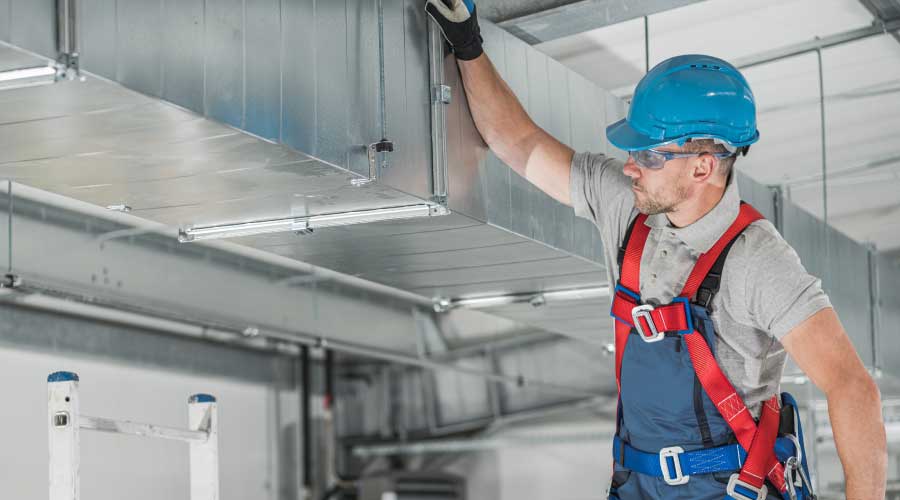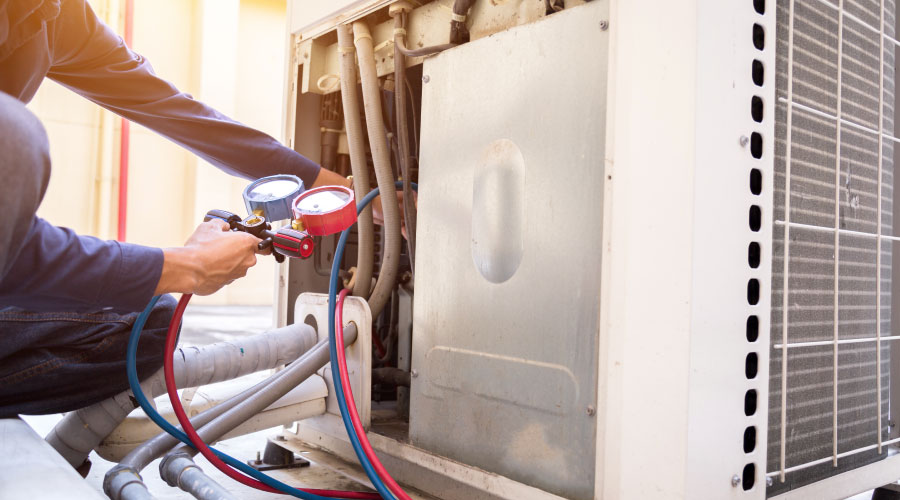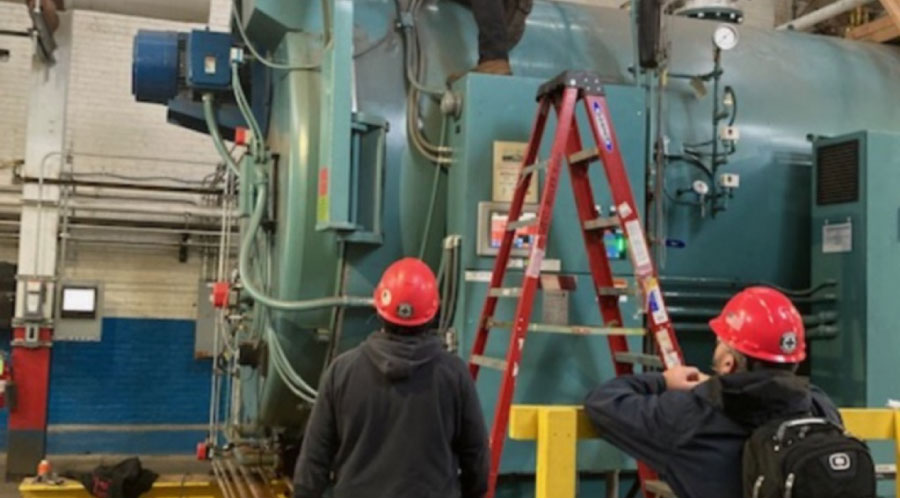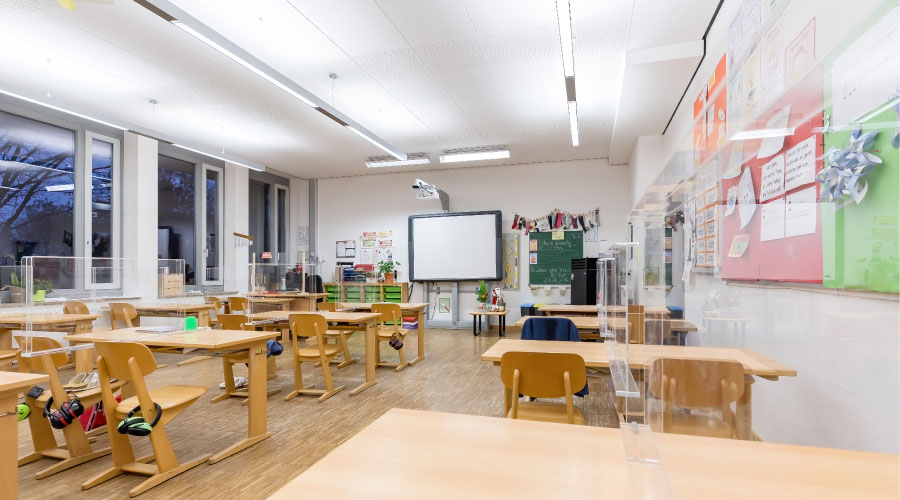How to Design for HVAC Operations
In construction, initial costs may win the battle, but to win the war it is essential to factor in maintenance and operational costs spread out over time. During a 30-year life-cycle, the maintenance and replacement of HVAC equipment can run upwards of 30 percent of the total costs. How do you incorporate this significant, but often hidden, cost into major decisions made during the HVAC project design? In short, how do you design for HVAC operations?
Many new construction projects are incorporating life-cycle energy costs into HVAC design decisions and moving away from the low-bid construction world where first cost is king. However, the high-performing building systems that sustain the lowest energy use may have significant maintenance requirements. Design teams often ignore HVAC system maintenance and repair costs, the third element of a life-cycle cost analysis (after first and energy costs), when making design decisions. Planning for maintenance, operations, and future needs during design helps owners think through, in advance, all of the steps necessary for long-term sustainable operations.
Much as with a car, poor maintenance is likely to significantly shorten the lifespan of HVAC equipment. At a minimum, poor maintenance will cause the building engineering team to be occupied with reactive maintenance, which is far more expensive than proactive and predictive maintenance. At worst, HVAC systems may unexpectedly fail, risking unacceptable downtime (if it's a critical environment) or at least occupant discomfort while the team searches for a replacement system (an expensive process).
Maintenance teams are human. If routine maintenance is too challenging, the HVAC system likely won't be maintained as often as it ought to be. These considerations rarely make it into the design, but can significantly affect how long a piece of HVAC equipment will last. If designers don't consider how something will actually be maintained, then they can easily create inadvertent barriers to proper maintenance.
In short, it's not a shock that designing for proper maintenance can save money. The question at hand is what can be done in the development of a new building (or significant retrofit) to facilitate proper maintenance?
Lifetime Costs
The construction industry, on the whole, isn't structured to incorporate long-term maintenance and operations considerations during design. The popular design-bid-build model relies on the philosophy that competition among team members will lead to the best outcome for the owner. This approach, however, narrowly defines the best outcome as the lowest upfront cost and ignores expenses spread out over time, such as lifetime maintenance and energy costs.
Incorporating these additional costs into planning and design decisions is challenging and, unfortunately, often more expensive. The challenge, of course, is to deduce the future. No one know for certain at the beginning of a project exactly how much money any given design decision will save (or cost) over 10, 20, or 50 years. How does anyone know that extra money spent up front will be an investment, not a waste? Fortunately, there are some strategies that can be implemented early in the project that will help the team make smarter decisions about the life-cycle maintenance and operations costs.
Related Topics:













